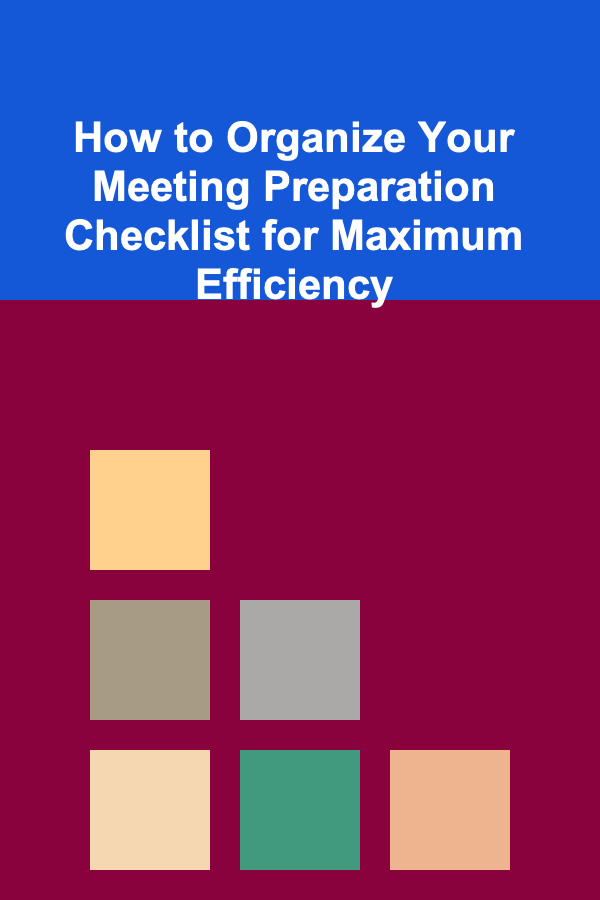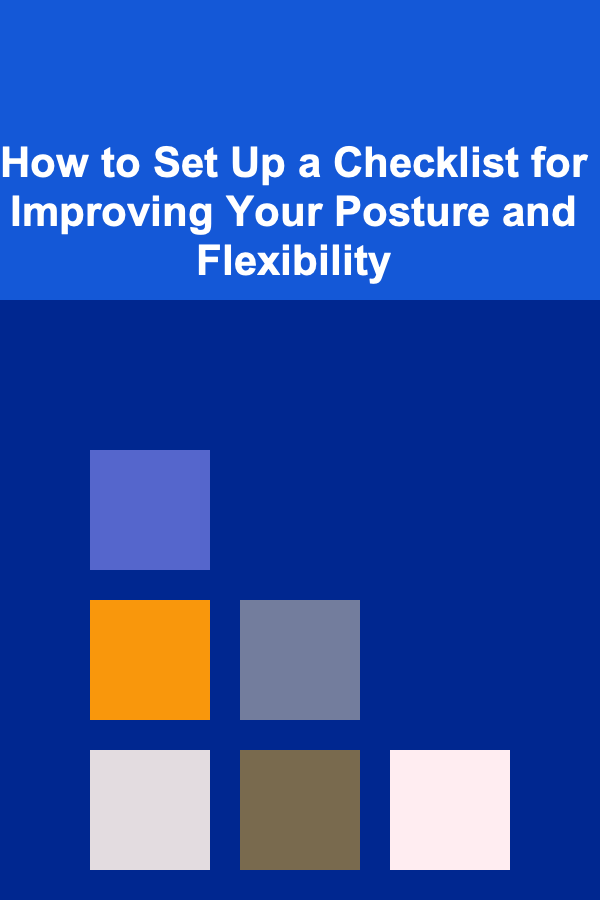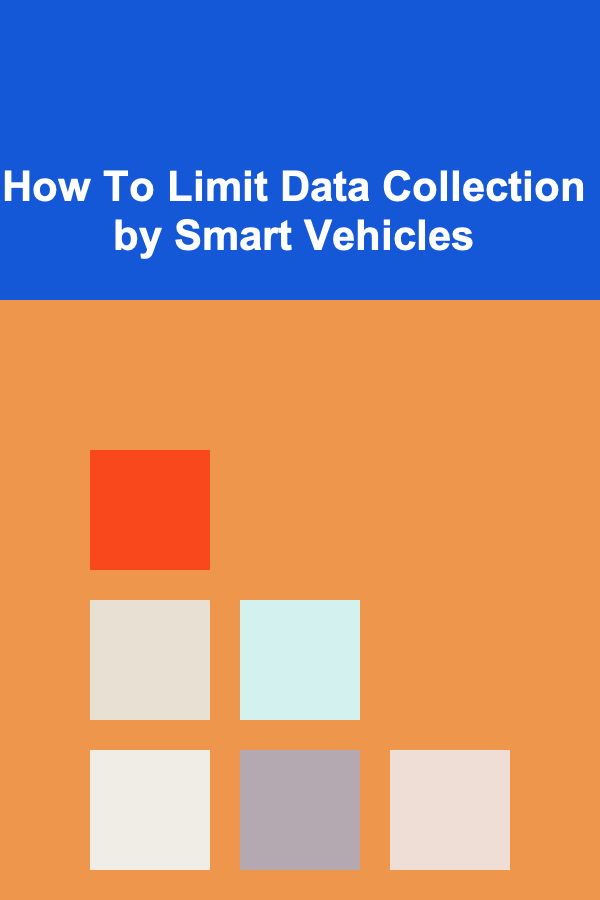
How to Choreograph a Dance Routine with No Experience
ebook include PDF & Audio bundle (Micro Guide)
$12.99$5.99
Limited Time Offer! Order within the next:
Not available at this time

Choreographing a dance routine might seem like a task only professionals or highly experienced dancers can take on, but it's actually something anyone can do with a bit of creativity, patience, and practice. Whether you're preparing for a performance, a fun event, or just want to express yourself through movement, creating your own choreography can be an exciting and rewarding experience. In this guide, we'll walk you through the steps of choreographing a dance routine even if you have no prior experience.
Set Your Intentions and Get Inspired
The first step to creating a dance routine is to set your intentions. This means thinking about the purpose of your routine and what you want to achieve. Are you preparing for a specific performance or event, or is this just for fun? Understanding your goal will guide the rest of the process.
Choose Your Music
The music is the foundation of any dance routine, and it will greatly influence your movements. When selecting a song, consider the following:
- Mood and Style: What mood does the music convey? Is it upbeat, slow, dramatic, or playful? The tempo and style of the music will help determine the type of movements you choose.
- Rhythm and Structure: Pay attention to the rhythm of the music. Does it have a clear beat? Are there sections that stand out (e.g., verses, chorus, instrumental breaks)? This will help you structure your choreography.
You don't need to be a music expert, but make sure to choose something that resonates with you and the intended purpose of the routine.
Find Inspiration
Inspiration can come from anywhere. If you're not sure how to begin, try looking at different dance styles or watching performances that inspire you. Whether it's contemporary dance, hip-hop, or jazz, find something that speaks to you.
- Watch Dance Videos: Look for dance performances on YouTube, TikTok, or social media platforms. Observing how dancers move to a particular song can spark ideas for your routine.
- Experiment with Different Styles: If you're new to choreography, it might help to mix and match different dance styles. For example, you could combine jazz with contemporary or throw in some hip-hop moves for flair.
Break the Music Into Sections
One of the most important aspects of choreographing a dance is understanding the structure of the music. Breaking the song down into sections makes it easier to build movements and keep track of your ideas.
Identify the Sections of the Song
Most songs are divided into different sections such as:
- Intro: The beginning of the song sets the mood. It's a good place to introduce slow or subtle movements.
- Verses: The verses are where you can build up to more intricate movements. They are typically the part of the song where the lyrics come in.
- Chorus: The chorus is often the catchiest part of the song. It's usually upbeat and repetitive, making it the ideal place to feature more energetic, high-impact moves.
- Bridge: This section of the song often provides a contrast to the chorus. It can be a good place for more experimental or emotional movements.
- Outro: The outro may slow things down or lead to a climax. It's your chance to end the routine in a memorable way.
Use these sections to organize your routine and give it structure. For example, you could start with soft movements during the intro, build energy in the verses, go all out in the chorus, and slow it down again for the outro.
Start With Basic Movements
If you're new to choreography, it's easy to get overwhelmed by the idea of creating intricate routines. Instead of diving straight into complex moves, start by experimenting with basic movements that fit the music.
Simple Steps to Begin With
You don't need complicated techniques to make a routine flow. Start by using some of the most basic movements:
- Steps: Walking, side steps, or marches are easy ways to begin moving with the music.
- Arm Movements: Start with simple arm extensions, reaching, or swaying to the beat.
- Body Movements: Try subtle body rolls, shoulder shimmies, or hip swings. These can make even simple steps feel more expressive.
Don't worry about being overly complex at this stage---let the music guide your movements naturally. As you get more comfortable, you can add complexity and variety.
Use Your Body to Express the Music
Dance is about expressing the music through your body. Let the rhythm of the music influence how you move. For example, if the song is fast and energetic, your movements might be more sharp and lively. If it's slow and emotional, your movements might be more fluid and graceful.
Don't be afraid to experiment! Move to the music and allow yourself to feel the rhythm. You can always refine the movements later, but starting from the heart of the music will keep the routine authentic.
Create Movement Phrases
Once you've got a feel for the basic movements, try to string them together into short "movement phrases." These are groups of movements that flow together and represent a certain part of the song.
Focus on Transitions
A key to creating smooth choreography is working on transitions between movements. Focus on making your transitions as seamless as possible, so the routine feels like it's one continuous piece rather than disjointed steps. To transition smoothly, consider the following tips:
- Use the Music: The music can guide your transitions. If the song has a build-up, try using gradual movements that match the energy.
- Add Turns or Spins: Incorporating turns or spins can naturally connect one movement to the next.
- Shift Focus: Try changing your body position, facing different directions, or shifting weight from one leg to the other.
Add Dynamics and Variations
To keep your dance routine engaging and interesting, you'll want to add dynamics and variations. This is where the routine will start to stand out.
Speed and Intensity
One way to add dynamics is by varying the speed and intensity of your movements. For example:
- Fast and Slow: Alternate between quick, sharp movements and slower, more controlled movements to create contrast.
- Sharp vs. Smooth: Mix sharp, staccato movements with smooth, flowing ones to add texture to your routine.
Use Levels
Changing the level at which you're dancing can add visual interest. You don't always have to stay standing. Use the floor and jump into the air to add variety:
- Low Level: Incorporate squats, kneeling, or floor work to create depth.
- High Level: Use jumps, leaps, or standing movements to add height and drama.
Refine and Practice
Once you've choreographed the basic movements and sequences, it's time to refine and practice. This step will help bring everything together and ensure the routine flows smoothly.
Practice Repeatedly
The more you practice, the more natural the movements will become. Start by rehearsing the sections separately and then put them together. Remember to:
- Break It Down: Practice each movement slowly and deliberately before speeding it up. Once you're comfortable with the timing, practice with the full song.
- Work on Timing: Keep an eye on the music and make sure your movements align with the beats and transitions.
- Correct Mistakes: Don't be afraid to pause and correct any missteps or areas that feel awkward. It's better to get it right before performing.
Record Yourself
A helpful technique is to record yourself as you practice. Watching the footage will allow you to spot areas where you can improve your form, timing, or energy. This will also give you a clearer picture of how your choreography looks in real-time.
Consider Staging and Performance Aspects
Once you've got your choreography down, think about the staging and performance aspects of your routine. If you're planning to perform it in front of an audience or on video, consider:
- Space: Make sure you have enough space to move around. If you're working with other dancers, plan formations and spacing.
- Facial Expression: Your face is a crucial part of the performance. Convey emotion through your expressions to make the routine more engaging.
- Costume: Wear clothing that allows you to move freely and reflects the vibe of the dance. Sometimes, the right costume can elevate the entire routine.
Have Fun and Keep Experimenting
The most important thing when choreographing a dance routine is to have fun with it. Don't be afraid to experiment and try new things. Dance is about self-expression, and there's no right or wrong way to do it. Trust your instincts and keep exploring different movements.
Conclusion
Choreographing a dance routine with no experience can feel intimidating at first, but with practice and patience, you'll find that it's a rewarding and creative process. By breaking down the music, starting with basic movements, and refining your work, you can create a routine that feels personal and authentic. Most importantly, have fun with it! Dance is an art form, and there's no limit to what you can create. Happy dancing!

How to Maximize Soundproofing in Older Homes
Read More
How to Organize Your Meeting Preparation Checklist for Maximum Efficiency
Read More
How to Renovate Your Rental Property Without Major Costs
Read More
How to Set Up a Checklist for Improving Your Posture and Flexibility
Read More
How To Limit Data Collection by Smart Vehicles
Read More
How to Plan a Project for a Small Business Startup
Read MoreOther Products

How to Maximize Soundproofing in Older Homes
Read More
How to Organize Your Meeting Preparation Checklist for Maximum Efficiency
Read More
How to Renovate Your Rental Property Without Major Costs
Read More
How to Set Up a Checklist for Improving Your Posture and Flexibility
Read More
How To Limit Data Collection by Smart Vehicles
Read More